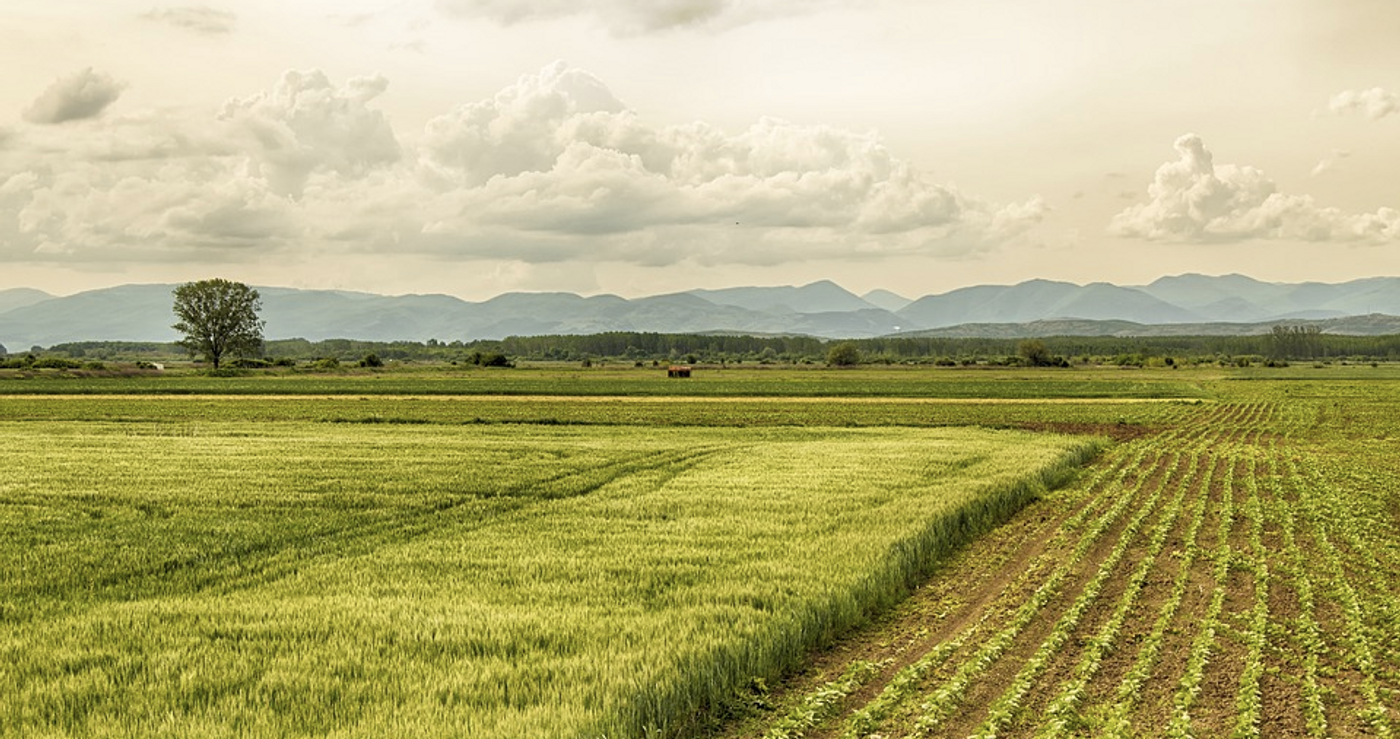The CRISPR/Cas9 tool was inspired by a defensive strategy bacteria use against viral invaders. It was brilliantly adapted to be a gene-editing system that’s been applied to many organisms, even people, and has changed biomedical research. Scientists have also been inspired by CRISPR, and have modified it in many different ways to create new techniques. SHERLOCK is one of them; it was developed as a rapid, portable technology that can be used in different areas like disease diagnostics, and now, agriculture.
SHERLOCK, which stands for specific high-sensitivity enzymatic reporter unlocking, can differentiate between gene sequences that differ by only one letter or nucleotide. It was created several years ago and has been refined and improved ever since.
Now, SHERLOCK has been tweaked to detect genetic material in plants for the first time; it can help identify pathogens, pests, and the presence of desirable or undesirable traits. The technique is much more sensitive and is better at multiplexing than current methods. SHERLOCK uses the Cas13 enzyme instead of Cas9 and produces a color change that can be easily assessed when it identifies its target.
Related: New Tools in the CRISPR Arsenal
Reporting in The CRISPR Journal, scientists used SHERLOCK to measure the levels of a gene conferring resistance to glyphosate in soybeans. It was also able to assess multiple plant genes at the same time, all in only fifteen minutes using crude extracts from soybeans.
"This is a great example of the expansion of CRISPR-based technologies beyond genome editing per se, with the use of novel Cas molecular machines for the flexible detection of DNA sequences of interest. The applications extend beyond diagnostics, and the authors show here how this can be broadly applied in agriculture," commented the Editor-in-Chief of The CRISPR Journal, Rodolphe Barrangou, Ph.D.
Learn more about SHERLOCK from the video above by the Broad Institute. The video below describes diagnostic tools that rely on the CRISPR system.
Sources: AAAS/Eurekalert! via Mary Ann Liebert, Inc./Genetic Engineering News, The CRISPR Journal









